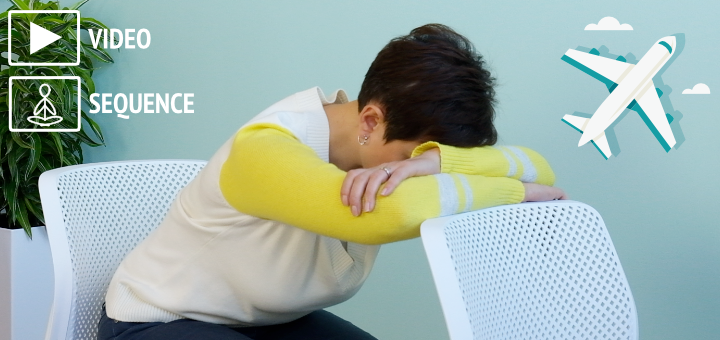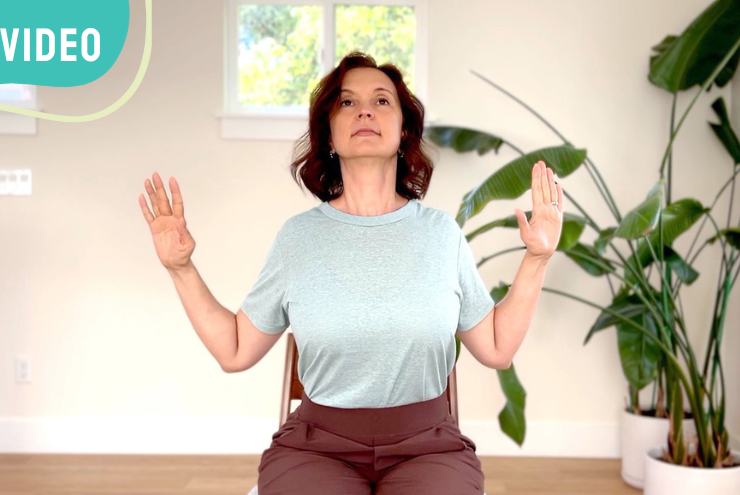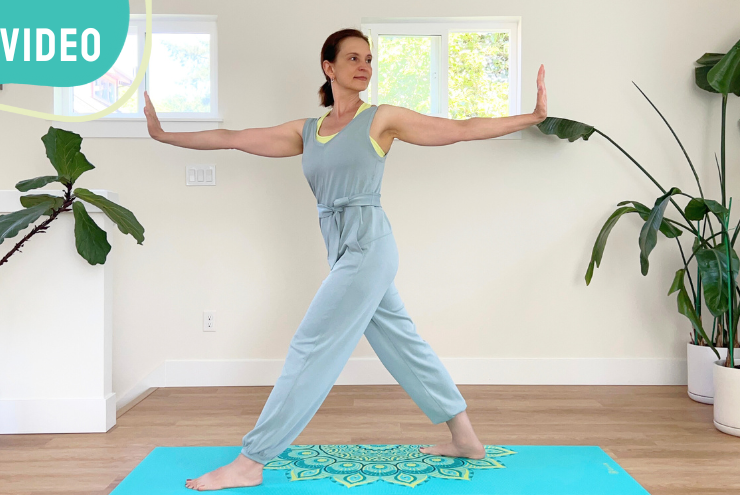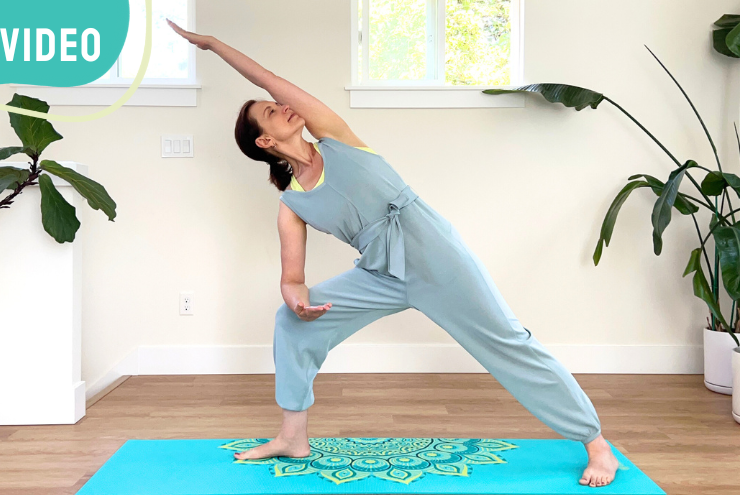Hold your head high pranayama practice
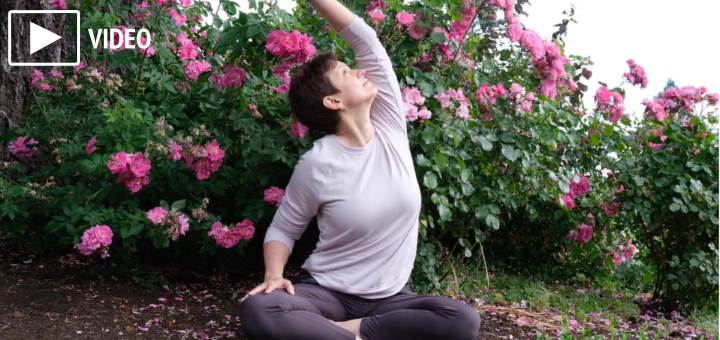
The state of your autonomic nervous system is usually reflected in how you position and move your body, particularly your upper body. Deb Dana writes: “The Social Engagement System is our “face-heart” connection, created from the linking of the ventral vagus (heart) and the striated muscles in our face and head that control how we look (facial expressions), how we listen (auditory), and how we speak (vocalization). In our interactions it is through the Social Engagement System that we send and search for cues of safety.”
It can work the other way around, too. Depending on how you hold your upper body from day to day, you can induce a particular autonomic state. For example, you might not feel withdrawn and resigned, but if you sit in a collapsed posture for several hours, your sensory neurons will perceive it as being in dorsal vagal state, and report that information back to your brain. Research already shows that slouchers report significantly lower self-esteem and mood, and they feel less assertive. You can enter a loop were your posture and your autonomic state keep reinforcing each other by interplay between the motor and sensory neurons.
In this short pranayama practice you will work on bringing yourself up to the ventral vagal state (calm, social and connected state) by
- Loosening up the neck and upper back,
- Creating better alignment between your head and upper body,
- Deepening your breath (especially the exhalation part),
- Using subtle sound to create soothing vibration in your throat and neck.
This practice might also help with tension headaches. Give it a try and see how it feels!

It’s a pretty well-known fact that breath regulation is the most obvious way to control our sympathetic (“fight-and-flight) and parasympathetic (“rest-and-digest”) balance, which directly impacts our stress response, sleep patterns and energy levels.

